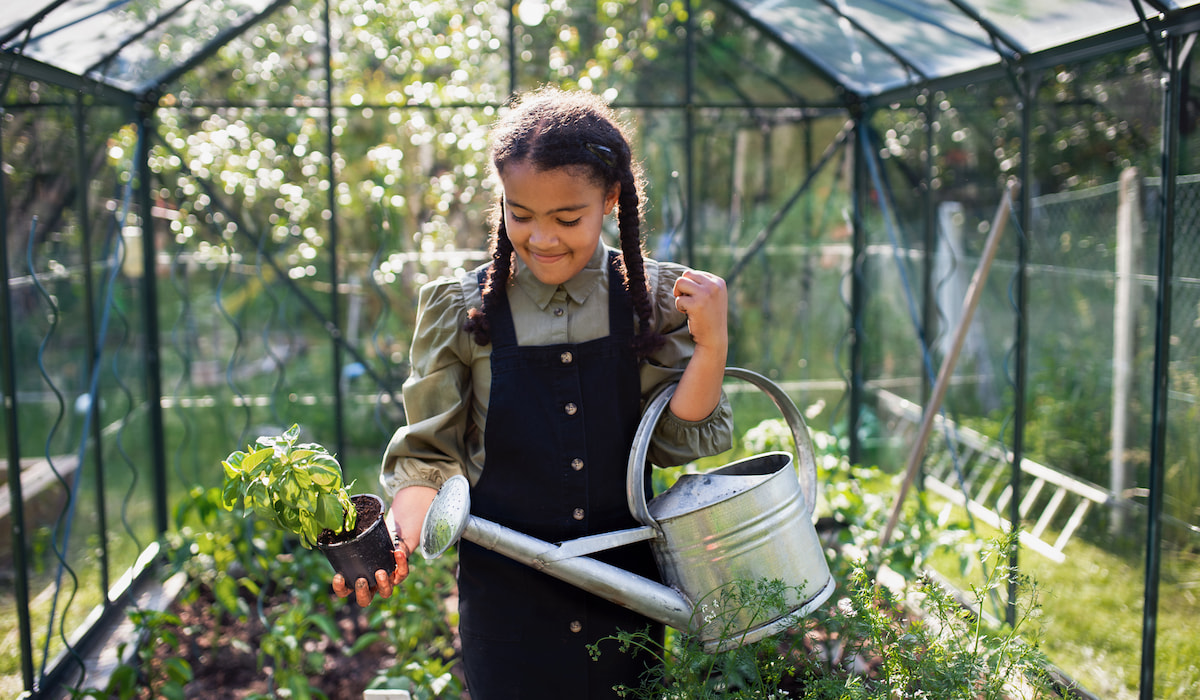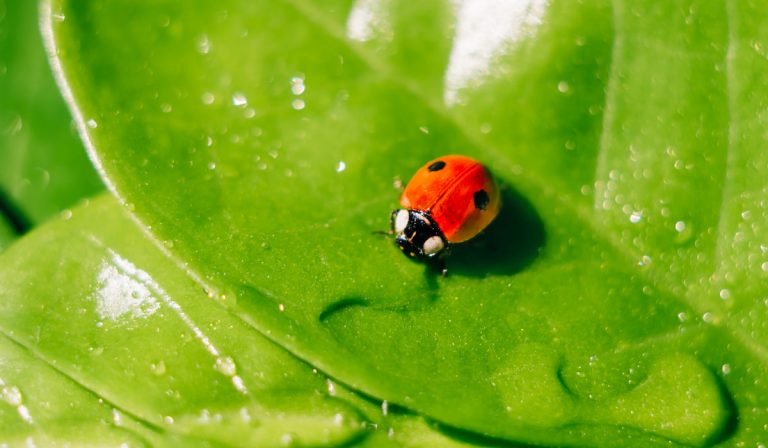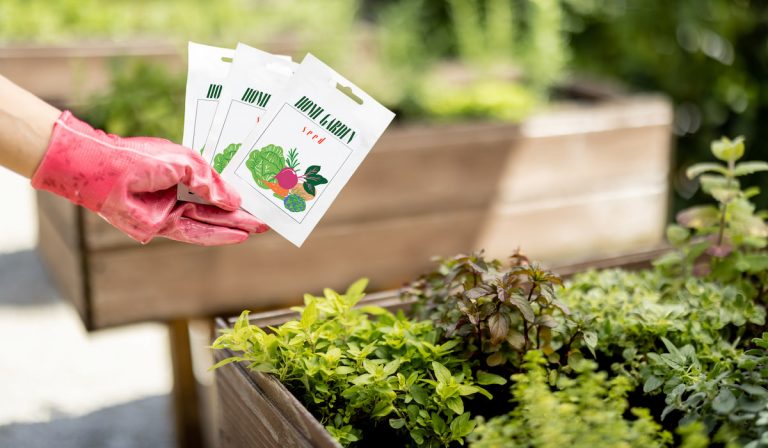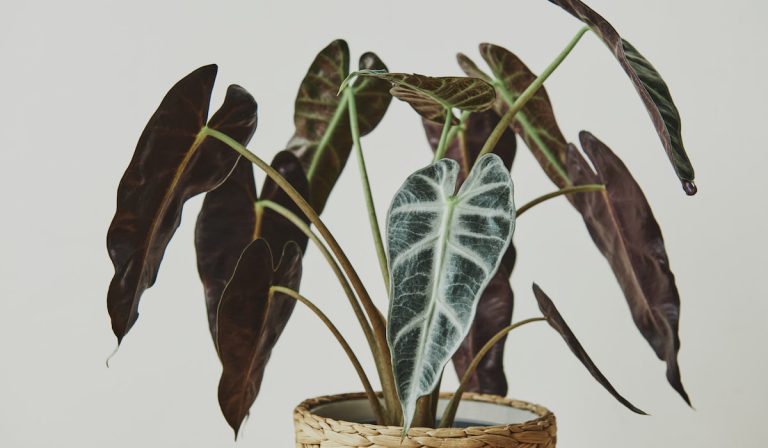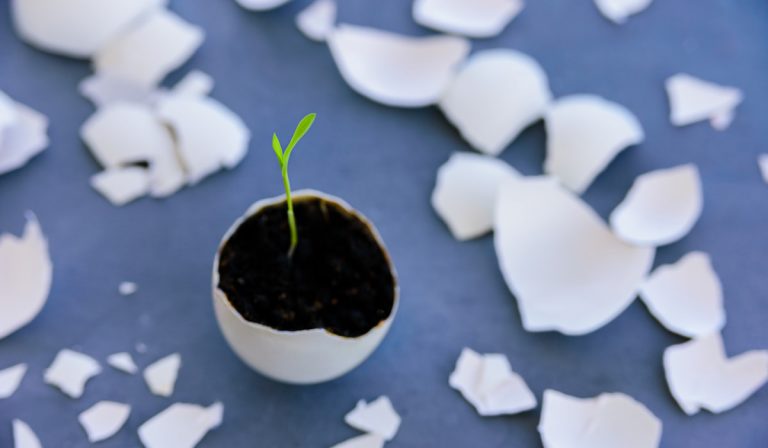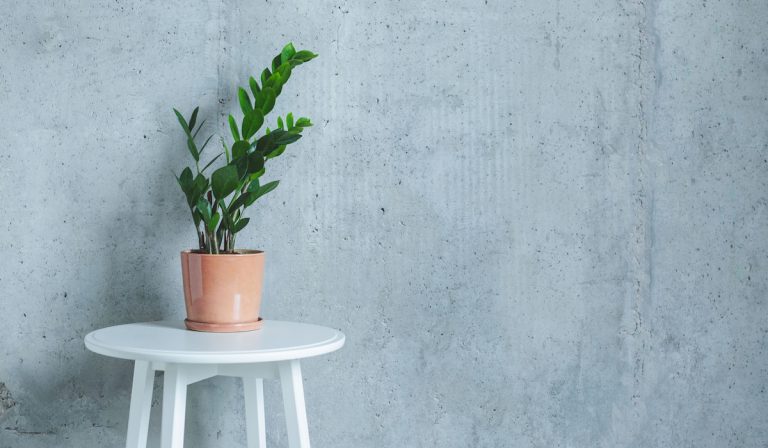17 Greenhouse Tips For Beginners
Greenhouses have become an eco-friendly alternatives for avid gardeners all around the world.
Some people might call it a glasshouse or a hothouse due to the way that this glasshouse traps all the heat and warmth from the outside and creates climatic conditions for the plants inside of it.
Whether it is a just hobby or a venture towards large-scale gardening, beginners always wonder what are some of the easiest and basic tips to build a greenhouse.
In this article, we explore 17 best greenhouse tips for budding beginners who are new to this gardening concept.
Table of Contents
1. Choose suitable starting seeds
Every plant starts with a seed. So does greenhouse gardening. Choosing starting seeds is not as hard as it seems.
In fact, one of the benefits of greenhouse gardening is that you can grow certain plants or vegetables that can live all year round inside the glasshouse.
There are few types of seeds that you should choose including hybrid seeds, heirloom seeds, organic seeds, dormant seeds, open-pollinated seeds, non-GMO seeds, and many more.
Each seed should be able to grow inside the greenhouse provided that they receive all the basic necessities they need such as water, lighting, temperature, types of soils and fertilizers, and spacing.
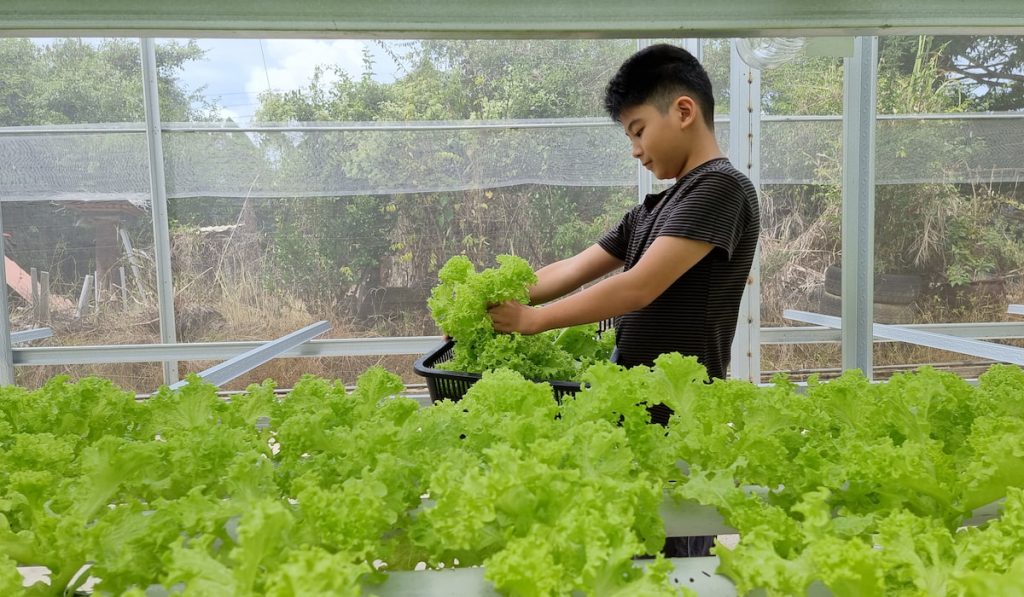
2. Pick plants that are easy to grow
As a beginner, you should avoid any ornamental plants or vegetables that require advanced gardening knowledge or skills such as orchids, cauliflowers, wasabi, and melons.
Choose easy-to-grow plants that require less effort, time, and maintenance like carrots, green onions, lettuces, basils, spinach, coleus, and other perennial plants.
When you have gained enough experience, you can move on to other plants like tomatoes, eggplants, cucumbers, strawberries, and more.
3. Pick the best type of greenhouse
Building a greenhouse is like starting out on an investment. It takes time, effort, and definitely money. But over time, you will have your own mini-farm that generates many seasonal crops, plants, or vegetables in a sustainable way.
Of course, you can also opt for a ready-made greenhouse and buy it straight from a store. But that can get really expensive.
First, you must choose what type of greenhouse is beginner-friendly.
There are three types of greenhouses: detached, lean-to and gutter furrowed.
- Detached greenhouses stand on their own and are not connected to one another.
- Furrow greenhouses are connected at the eave by a gutter.
- The most suitable type for beginners would be the lean-to greenhouses that are easy to build.
Then, you can choose the types of material you want for your greenhouse. Some of the most common materials that are used to build greenhouses are woods, metals, and polycarbonates.

4. Choose the best spot to build your greenhouse
It doesn’t matter how beautiful or stylish your greenhouse is. If you build it at the wrong spot, then the plants might not survive long.
Choosing the right location to build your greenhouse is very crucial.
- Any spot that has maximum exposure to sunlight is ideal.
- It is advisable that your greenhouse is built on land where it will receive at least six hours of sun daily. This is because the natural UV rays would promote a better growth rate for any type of plant.
- Then, you should also account for a balanced level of shade. Although plants need and thrive under full sun, long exposure to sunlight could burn their leaves and dry them out.
You can plant a few medium-sized trees outside or around the greenhouse or use shading sheets to provide a good shade for the plants.
5. Build the right foundation
A good, sustainable greenhouse should be built on a strong, sturdy, and level foundation. This is to ensure that the base is strong enough to support the whole structure without worrying about any damage caused by strong wind or harsh climates.
You can choose different types of foundation materials such as concrete blocks, slabs, pavers, and woods.
The best option is always concrete blocks. They are strong, stable, and last for a long time. On the other hand, if you want to go with woods, you can use redwoods or cedar woods that are rot-resistant and durable.
Although woods are slightly cheaper, they trap more water compared to concrete blocks that pass water easily.

6. Install additional light sources
Not all seasons could give strong and consistent sunlight. If you want to grow your crops during autumn and winter, you should install additional light sources such as LED grow lights and high-output fluorescent lamp strips.
Both of these lights emit a full spectrum light that could cover a larger surface area and cost less than other energy-consuming lights. Installing grow lights is necessary if you live in the North region of the United States that doesn’t receive enough sunlight during winter.
7. Make sure your plants receive enough water
Aside from sunlight, plants require enough water to grow healthily. There is nothing wrong with carrying a bucket and manually pouring the water from one plant to another. But that requires a lot of time and energy.
The easiest and most cost-efficient way to water your crops is by using a handheld hose combined with a sprinkler head.
You can also make a soaker hose that covers a larger surface area. But not all plants need a high volume of water.
Overwatering your plants could damage the nutrients in the soil and inhibit their growth. So, find the right balance between too much watering and not providing them with enough water.
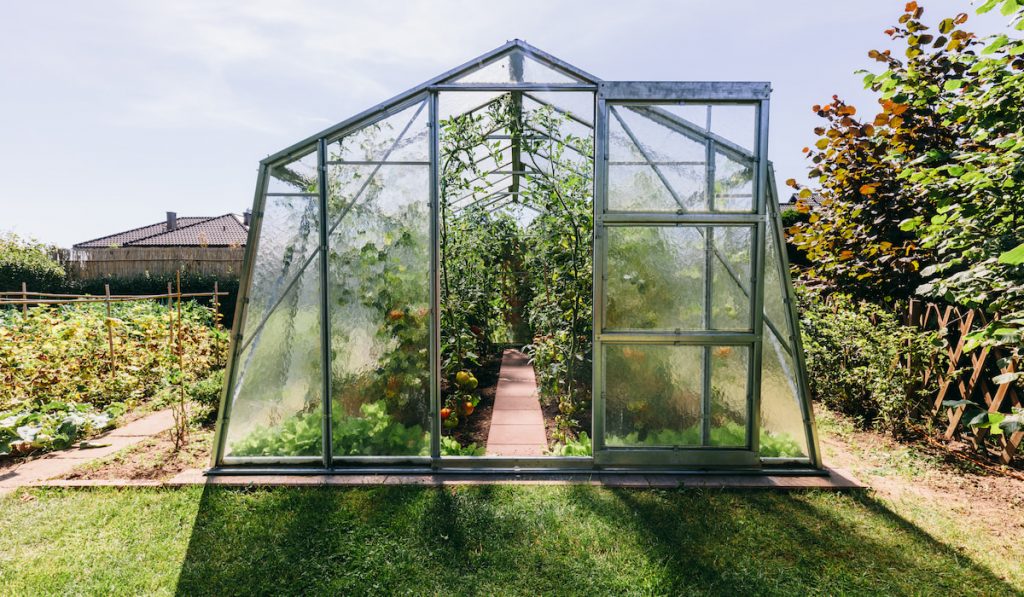
8. Build a proper ventilation system
Poor ventilation will promote an environment that attracts insect pests. This is because they love humid and hot conditions that are suitable for their egg-laying activity.
By building a good ventilation system, you will increase the air circulation inside your greenhouse.
For instance, you can put vents in the roof or walls that will allow hot air to slowly escape while simultaneously preventing a sudden rise in indoor temperature.
You can also install exhaust fans to push all the excess hot air out of the vents quickly.
9. Maintain a balanced temperature inside your greenhouse
Aside from ventilation, you should always try to regulate and maintain a balanced temperature inside your greenhouse.
The first step is by getting a thermometer. If you live in a colder region, you can insulate your greenhouse to maintain a climatic, warmer environment for your plants.
You can also install a small gas heater or a low-voltage electric heater to induce additional heat inside the glasshouse.
If you are keen on going all-green, thrifty, and eco-friendly, use heat-absorbent materials like large rocks that absorb heat from sunlight during the day and slowly release it at night.
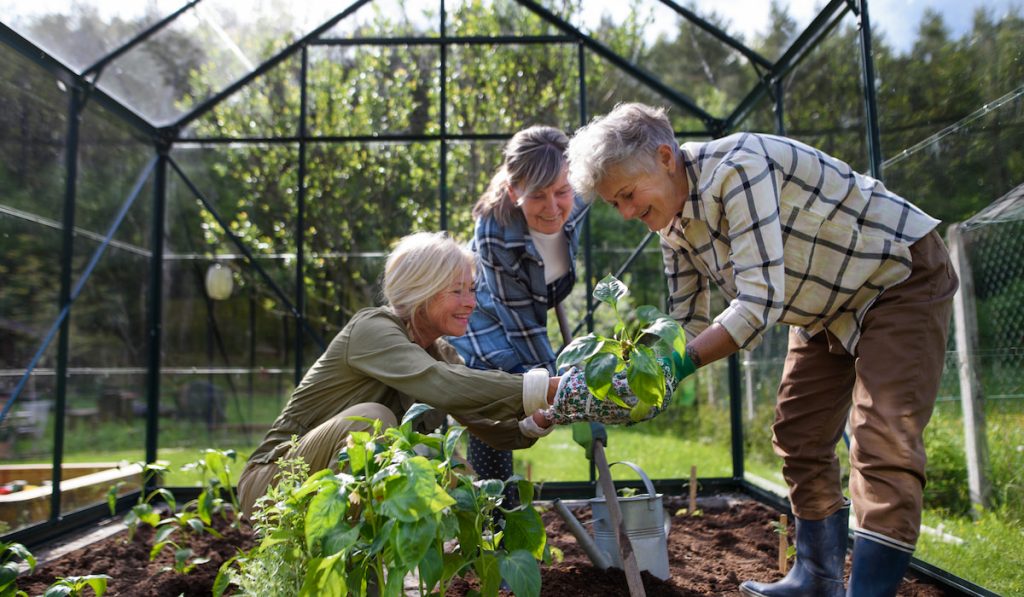
10. Use suitable soils
Different crops need different types of soils. Some of them thrive in wet, well-drained soils while others prefer clay soils that are rich in minerals and water.
But the best type of soil for most crops in a greenhouse is a mix of loam soil with compost and potting mix (which consists of perlite and peat moss).
To prepare this mix, all you need is 10% potting mix, 30% compost, and 60% loam soil. Don’t add more than 20% of peat into the potting mix because its acidity could inhibit the growth of your crops.
11. Pick the right shelving and pots for your plants
Choosing the right shelving for your plants can save more space and provide enough room for your plants to grow.
Furthermore, you don’t have to spend a lot of money by buying a bunch of pots for plants that could grow next to each other.
But if you do want to keep a separate pot for each crop, be sure not to use large pots for small-sized plants. You can waste soils, fertilizers, or even water just to keep this plant growing healthily.
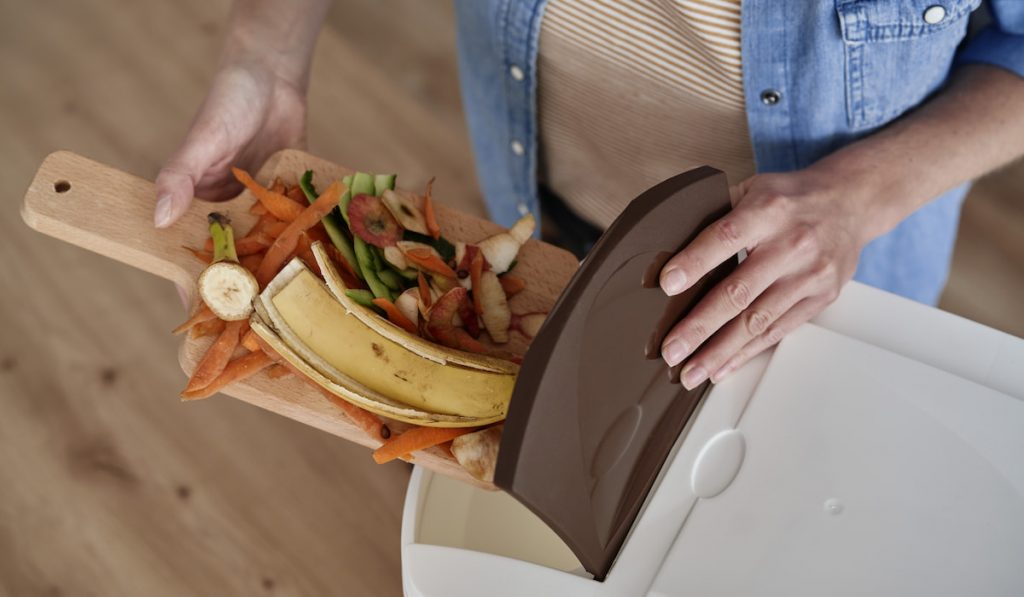
12. Use organic and chemical-free fertilizers
Although not all plants require fertilizers to grow healthily, there is no harm in providing them with extra nutrients in the soils to boost their growth.
Use common organic fertilizers like fresh garden compost, seaweed, leaf mold, or composted manure of livestock such as hens, chickens, or cows.
If possible, avoid using natural fertilizers that attract pests like fish meal or emulsion and bone meal.
13. Provide enough space for your plants
Different types of plants grow at different rates. Some plants mature more quickly and take a lot of space when their leaves, tendrils, or stems get larger.
If you don’t provide enough space for these plants to grow, overcrowding issues will arise. Then, it can restrict plant growth when they begin to compete for sunlight and space. Always make sure that you don’t plant or place your crops too close to one another.
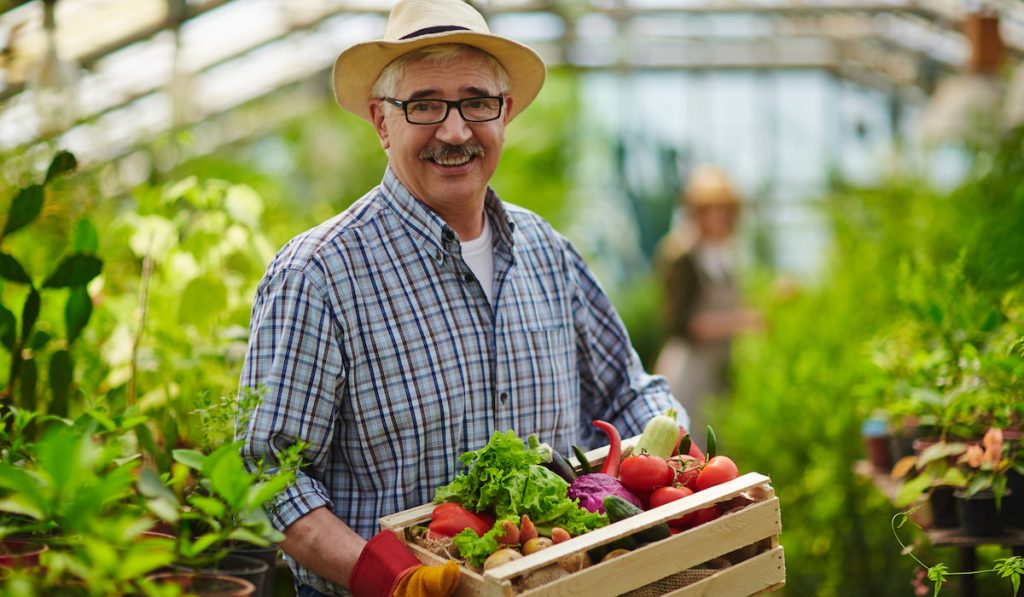
14. Don’t mix warm weather crops with cold-weather crops
The last thing you want is to see your effort of planting your crops go to waste when some die due to environments that they can’t live in.
Growing cold-weather crops during warmer seasons or vice-versa can be quite challenging. That is why you should always do research firsthand and decide what types of plants you want to grow without violating their natural cycle.
For instance, you can begin by planting vegetables like tomatoes, beans, broccoli, or lettuce during warmer months from March to April.
Then, during colder months of December to January, you can grow cold-loving plants such as spinach, beets, radishes, or carrots.
Create a planting schedule so you don’t forget and mix them all up.
15. Build a good drainage system
A good drainage system will ensure that no excess water is trapped inside the greenhouse.
By putting a few layers of landscaping cloth over the foundation of your greenhouse, you will create protective layers that inhibit the growth of weeds and provides a good amount of drainage.
Then, cover the cloth with gravel that measures around 3 to 4 inches thick. Crops that can’t withstand wet environments or pools of excess water will wilt and eventually die.
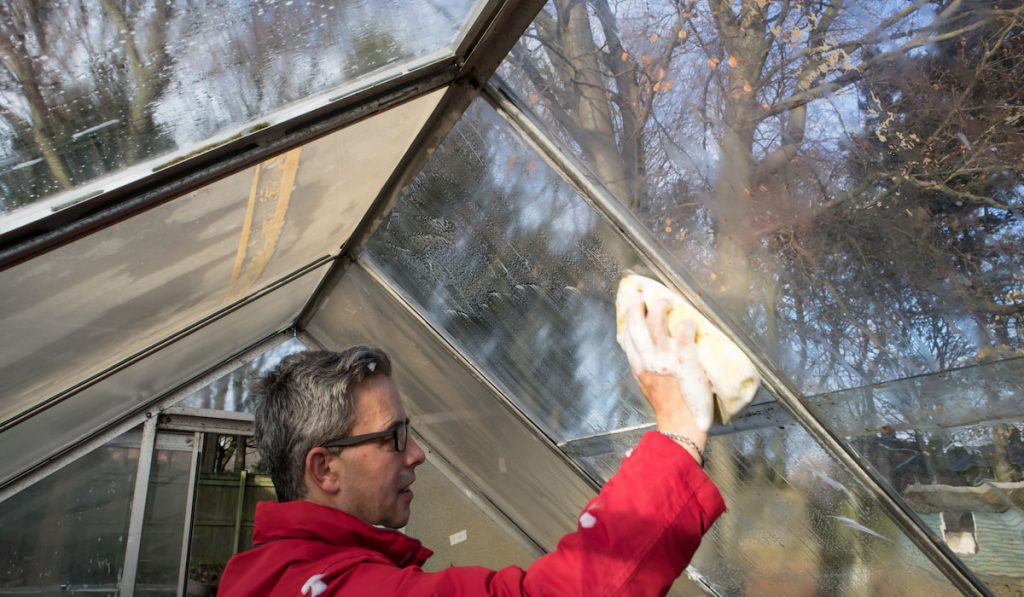
16. Schedule a thorough cleaning routine
Sometimes, the simplest thing is the stuff we easily miss. No matter how good the greenhouse structure or its ventilation and heating system is, an unclean and messy environment could attract unwanted guests that we rarely expect: slugs and snails.
Be sure to keep your greenhouse neat by cleaning it at least once a week. Any unused gardening tools should be placed in specific containers or shelves.
17. Keep the pests away from your crops
A proper, well-built greenhouse will protect most of your crops against external contamination and pest infestation.
However, there might be some pests, insects, or mites that are able to sift through any small gaps or fly inside whenever you open the door.
One way to combat this issue is by installing insect screens on air vents and exhausts, doorways, and water systems. Avoid using pesticides for indoor plants. This will reduce your exposure to chemicals that could affect your health.
Final Thoughts
All of these tips will ensure that you won’t face any major issues when having or building your own greenhouse.
Realistically speaking, you will face some minor setbacks that you can’t predict. But that’s where the fun begins.
Your effort, time, and resources you spend to overcome challenges will pay off once you see the fruitful results of your own making.
Resources
- https://www.greenhousestores.co.uk/blog/6-Essential-Greenhouse-Growing-Tips-for-Beginners/
- https://ag.umass.edu/greenhouse-floriculture/fact-sheets/using-natural-fertilizers-in-ground-beds-in-greenhouses
- https://www.gardenbuildingsdirect.co.uk/blog/greenhouse-gardening-beginner-tips/
- https://indoorgardening.com/how-to-start-a-greenhouse-even-if-youre-a-beginner/
- https://www.backyardboss.net/how-to-use-a-greenhouse-for-beginners/
- https://www.planetnatural.com/greenhouse-kits/
- https://greenhouseemporium.com/blogs/greenhouse-gardening/greenhouse-gardening-for-beginners/
- https://www.growingreenhouse.com/what-is-the-best-soil-for-greenhouse-plants/
- https://homesteadandchill.com/beginners-guide-using-hobby-greenhouse/

